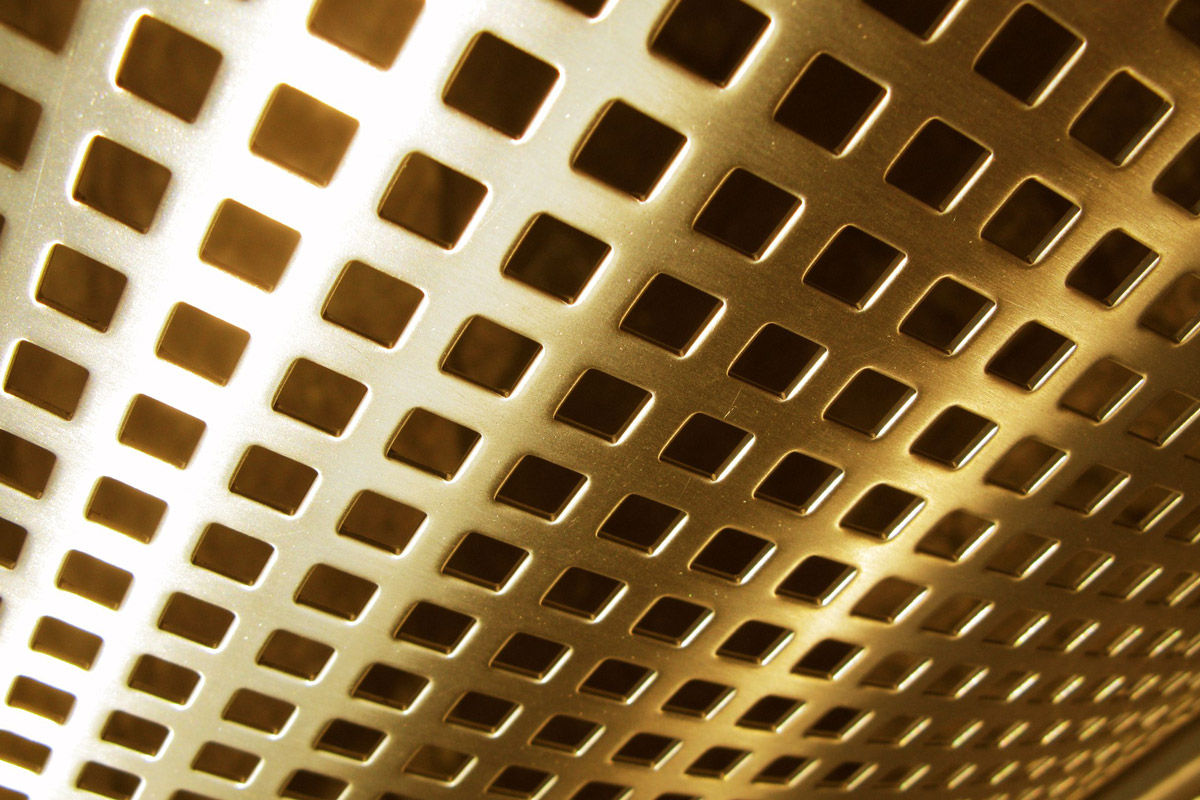
Copper-zinc alloys (brass)
Brass is an alloy of the metals copper and zinc. The common compounds contain a zinc content of five to 45 percent. Beyond that, no usable alloys are produced. The colour spectrum ranges from golden red with a high copper content to light yellow with a high zinc content.
Copper and zinc mix optimally in the melt and remain evenly distributed in each other even during solidification. Brass is therefore a very homogeneous material. Although theoretically an infinite number of alloys between copper and zinc can be produced, in practice the number of brass grades is limited to a few dozen. The new Euronorms list about 60 grades. This makes it possible to produce largely all the desired physical, chemical and technological properties.
But not only the two basic metals are excellently soluble in each other. Numerous other elements such as aluminium, iron, manganese, nickel, silicon and tin can be added to the melt and thus new alloys with advantageous properties can be obtained. Brasses with such specific additives are called special brasses. Those types of brass that contain small amounts of lead as a third component for better machinability are also called free-cutting or machining brasses.
Further information
However, the uses are quite different. Brass products are often found, for example, in sanitary installations such as pipes, fittings or fixtures. Here it is the high corrosion resistance and stability of the material that is valued. This is also the reason why ship propellers are made of brass. But brass is also used as valves, bearings or pipes in power plants and mechanical engineering. Other areas of application are control, measurement and regulation technology, vehicle construction, precision mechanics or electrical engineering and electronics. In the latter two, the copper alloy is used for the production of terminal contacts, plug connections, waveguides or antennas, among other things, due to its good conductivity.
Classification of materials
Free-cutting brass (MS58)

Are you looking for different content?